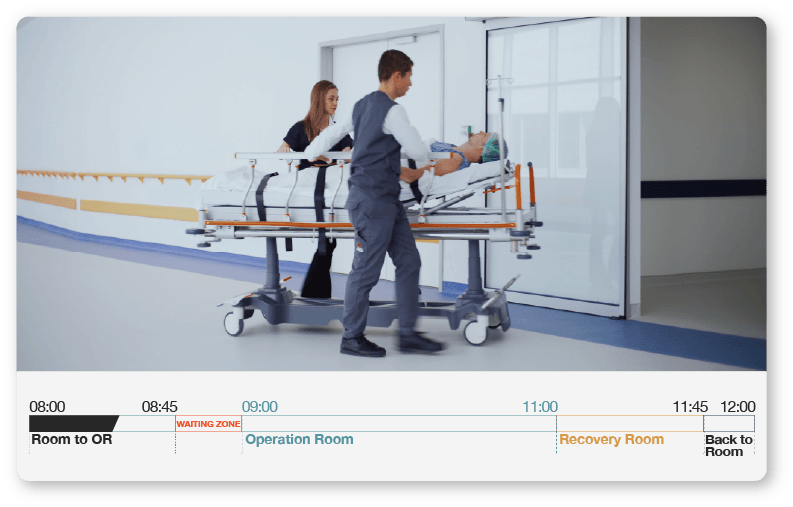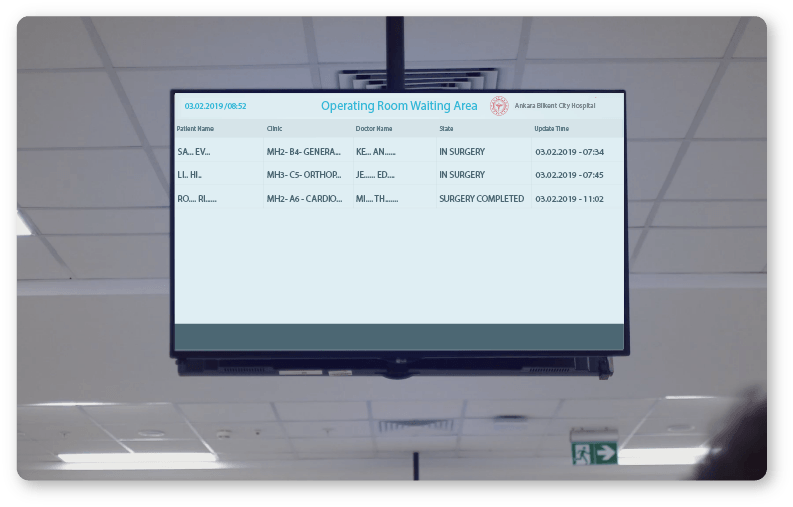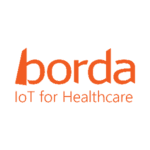Visibility is essential for hospital transformation. RTLS provides visibility by tracking everything from patients, assets, staff, and environmental conditions in real time. However, tracking (seeing the location information on the hospital map) is insufficient for hospitals. It is merely a capability, not a benefit. All IoT data is gathered through sensors by tracking assets, people, staff, and environmental conditions in real-time with current and updated status information. These real-time and historical data are then transformed into awareness and insights. The more aware you are, the better you can manage. This is the reasoning behind Borda Technology‘s RTLS-enabled Patient Throughput Management Solution/Patient Flow.
Operating rooms account for approximately 40% of total hospital revenue. As a result, increasing the use of operating theaters has a significant impact on revenue. Assume you planned 20 surgeries for the day but only completed 15 due to delays. This means that the OR will be empty, patients with delayed surgery will stay in the hospital longer than expected, and the arrival of new patients will be delayed. In US hospitals, every hour an operating room is empty costs $2,000 in income. Aside from the revenue impact, waiting times reduce patient satisfaction dramatically. All of this occurs because it is difficult to detect delays and bottlenecks using conventional methods.

RTLS patient tracking systems track and trace each patient’s journey automatically throughout the operation room process. All data, including length of stay of patients, in pre-op and post-op, transfer times in between, start times of surgeries, and many more is recorded automatically and can be accessible by the managers through visual reports.
Borda’s RTLS-enabled Patient Throughput Management Solution/Patient Flow can be integrated with EMR to compare actual data with the planned ones. For example, a hospital manager may analyze 1,000 surgeries from the previous month and discover that 30% of surgeries began one hour late. This acute operational awareness of patient flow results in intelligent actions that reduce patient waiting times, increase patient satisfaction, and result in increased OR use.







